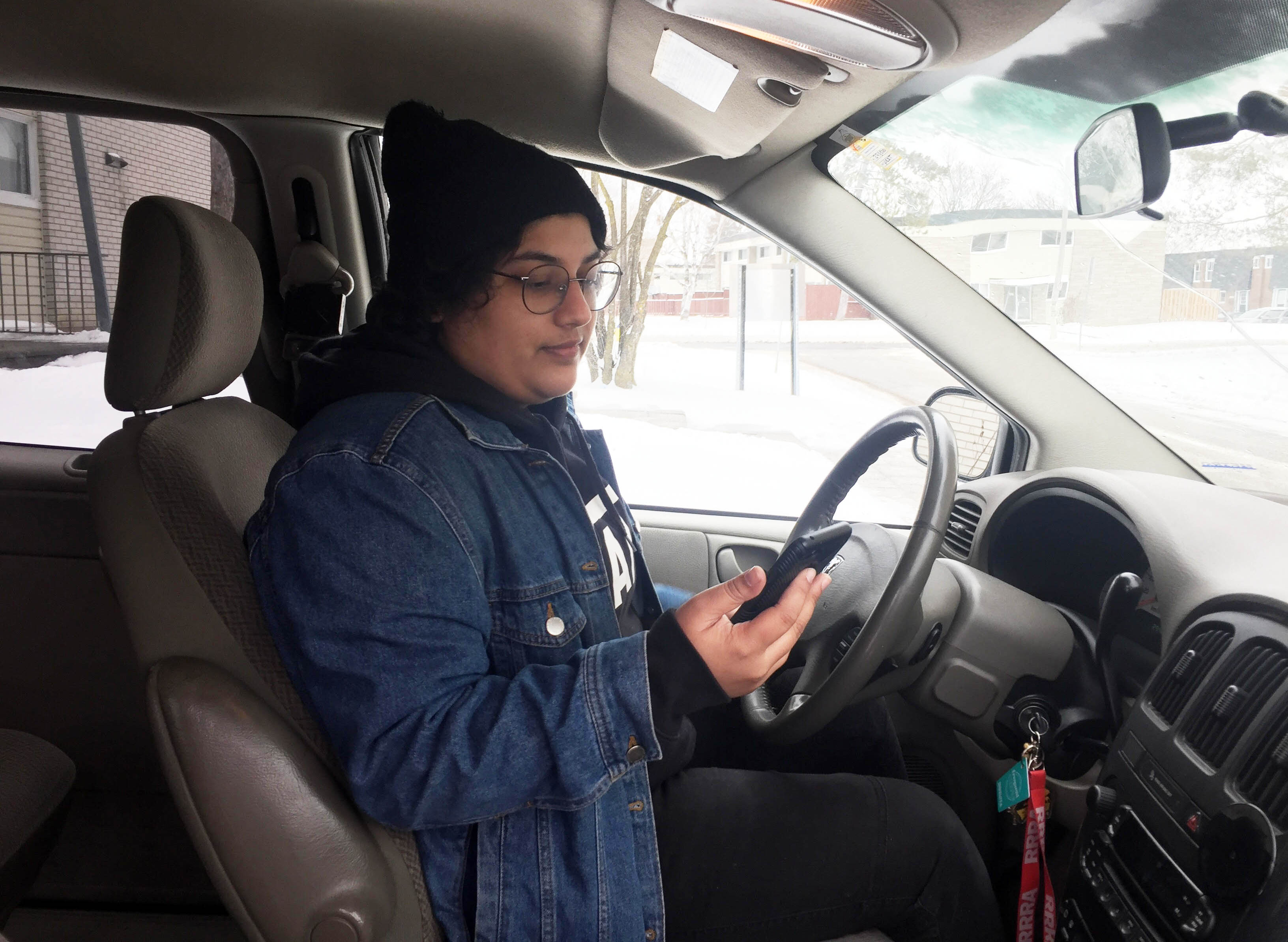Tougher distracted driving laws came into effect on Jan. 1 along with heftier penalties, making Ontario the province with the toughest distracted driving penalties in the country, according to Ottawa police.
Sgt. Mark Gatien of the Ottawa police traffic branch said Ottawa police officers handed out 27 tickets with the heftier charges within six days of the new law coming into effect.
Gatien said cellphone use in cars is “an epidemic.”
Distracted driving was the leading cause of fatal accidents in 2016, the OPP reported, with numbers doubling since the year 2000—continuing to be the leading cause of accidents in the province.
Using a phone or any hand-held device behind the wheel to talk, text, change a playlist, or check your map are all examples of distracted driving, according to the Government of Ontario’s website. The province also highlights the danger of other activities such as eating, reading, or typing a destination into a GPS. Devices must be mounted in a secure holder and cannot just be on a driver’s lap.
Phones and hand-held devices are not allowed to be in drivers’ hands at any point while behind the wheel, even if stopped at a red light or stop sign. It doesn’t matter if you
 are using your phone, Gatien said, but simply by a device being in your hand, you are breaking the law.
are using your phone, Gatien said, but simply by a device being in your hand, you are breaking the law.
First-time offenders with A to G licenses can expect fines of $615 up to $1,000 along with three demerit points and a three-day suspension. The penalties only increase in severity for repeated offenses.
Novice drivers with a G1, G2, M1 or M2 license can also expect to pay the same fines, however, will face a 30-day license suspension for a first offense. Upon a third conviction, a novice driver’s license will be cancelled and they will have to restart the graduation licensing system program.
Weaving down the road, slow reaction times or sudden breaking are all things that police are looking for in a distracted driver, said Cst. Amy Gagnon of the Ottawa police.
Police hope the increase in penalties will act as a deterrent and make drivers understand the severity of the issue, Gagnon said.
This is something that Justin Feldbruegge, a second-year economics student at Carleton who drives, hopes will happen.
However, he said he is somewhat cynical that if people haven’t got the idea about the dangers of distracted driving by now, this change won’t help.
“The studies don’t lie. There is no argument for the other side,” Feldbruegge said.
Sydney Robinson, a first-year psychology student at Carleton, is also hopeful that this change will stop people from unsafe distracted driving practices.
She recalls yelling at one of her friends when he used his phone while driving and would take the phone out of his hand.
If a driver is concerned they won’t be able to make it through a drive without checking their phone if it buzzes, Gatien recommends turning it off or even putting in the trunk while driving.
Gatien also cautions drivers to remember that even if they look up and see no police car, that doesn’t mean that there are not police officers around.
“Drivers think they are being sneaky hiding their phones in their laps, but we keep getting sneakier and sneakier looking for cellphones,” Gatien says.
In the case of an emergency, a driver can use their phone to call 911, but the province recommends pulling off the road to a safe area to make the call.
Photo by Valentina Figueroa
Infographic by Camila Giudice






